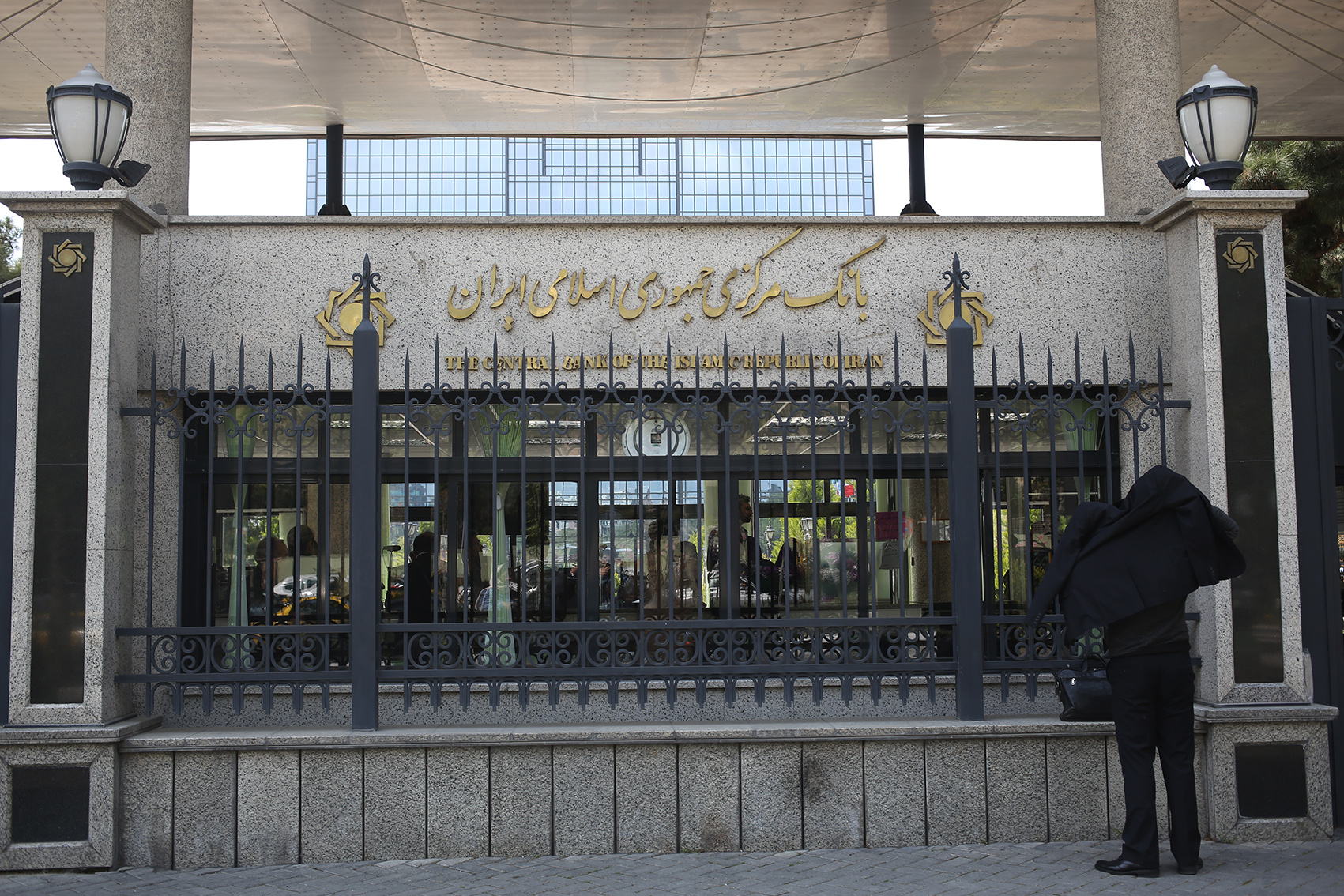The Central Bank of Iran has outlined the policymaker's most important measures during the first 100 days of the second tenure of President Hassan Rouhani that began in August.
According to CBI’s report published on its official website, intense supervision over Money and Credit Council’s directive to cut banks’ deposit interest rates, expansion of correspondent relations with European and Asian countries, management of illegal credit institutions and implementation of the plan to support the country’s production units topped CBI's agenda over the aforementioned period.
Details of CBI’s sector-by-sector performance during the period are as follows:
Foreign Exchange and International Affairs
In the past few months, Iranian banks have managed to establish new correspondent relations with European countries like Italy, the Netherlands, Belgium and Austria, in addition to Asian banks, especially those of China and South Korea.
The Iranian banking system has succeeded in acquiring short- and long-term credit lines worth $26.2 million and $23.1 million respectively from major European and Asian banks.
There have also been negotiations with Europaisch-Iranische Handelsbank AG for allocation of short-term funds–up to one year–to nine Iranian banks and a number of their foreign branches.
CBI has also prepared the ground for Iranian development banks to use ECO Trade and Development Bank’s short-term loans to finance development projects.
Negotiations with major Russian banks for the integration of the two countries' bank card systems to ease the process of international payments and money transfer have also been pursued by CBI.
CBI has maintained the stability of foreign exchange market while eliminating a series of imported goods from the list of commodities eligible to use foreign exchange at official rates.
This is while CBI also issued a directive in September, based on which banks are no longer allowed to offer foreign currencies at official rates to travelers.
These measures have been in line with CBI’s key promise of unifying the country's dual exchange rates, which lay dormant during President Rouhani's first term in office despite the pledge.
What is more, the central bank conducted negotiations with Turkey, Pakistan, Russia, China, Iraq, Brazil and India to sign financial deals and conduct bilateral trade through the countries’ national currencies.
Economic Efforts and Supervision
Last September, the Central Bank of Iran notified a directive, based on which all banks and credit institutions are obliged to set their annual and fixed short-term interest rates on deposits at 15% and 10% respectively.
All deposits made after the notification were affected and non-compliers were warned of penalization. Thereafter, the policymaker closely watched banks to ensure the directive is being effectively implemented.
CBI has also been endeavoring to reform the banking system and improve banks' financial statements through the recapitalization of state-owned banks by injecting 342 trillion rials ($8.34 billion) to their resources.
It has also urged banks and credit institutions to present their financial statements in line with International Financial Reporting System standards to improve their transparency and start activities in foreign markets.
The central bank has had an active presence in the interbank market to reduce the interbank interest rates and manage the overdrafts of banks and credit institutions.
Hence, CBI has turned banks’ overdrafts into credit lines with an interest rate of 18% to encourage them to provide their resources from the interbank market that has significantly curbed overdrafts from CBI.
Meanwhile, the central bank has reached an agreement with automakers for them to curb the interest rates offered on the pre-sale of cars.
As a result, the interbank interest rates dropped from about 19.2% in August to 18.1% in November 2017.
As the Central Bank of Iran has insisted on its policies to improve the country’s monetary policies, managing money in circulation and liquidity, keeping the stability of foreign exchange market, leading banks’ resources toward productive activities and supporting small- and medium-sized enterprises, the country has managed to keep its average and point-to-point inflation rates at 9.9% and 8.4% respectively.
The relatively steady market conditions are positive signs of the country’s growing economy since President Rouhani’s administration started working 100 days ago.


